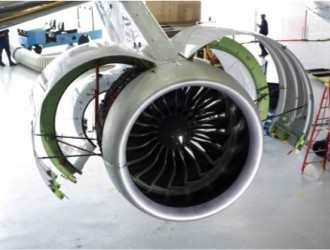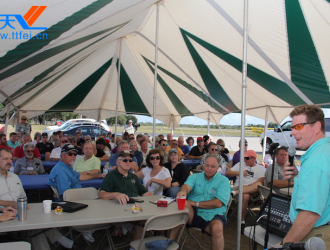
To alleviate the staffing crisis, which became nightly news on television, Congress allowed the agency to reallocate $34 million in funding, of which $26 million was used to triple the amount of overtime and increase the number of part-time hours paid to transportation security officers (TSOs) at high volume airports, Neffenger told the Senate Committee on Homeland Security and Governmental Affairs in June. Airlines and airports also supported the TSA, including hiring contractors, to help reduce the lines at security checkpoints.
The agency is now graduating 192 uniformed TSOs per two-week course—nearly 3,000 this year—from an academy it established in January at the Federal Law Enforcement Training Center in Glynco, Ga., Neffenger told the Alpa conference. For the first time in five years, it has also started hiring new federal air marshals who travel on commercial flights under cover to protect against terrorism.
“We really dramatically changed the way we operate,” said Neffenger, who came to lead the TSA in June 2015 after serving as vice commandant of the U.S. Coast Guard. “We established a national command center to think differently about the approaches to the checkpoint—managing the approaches as a separate security issue from the checkpoint itself and then to do so from a national perspective by providing resources as necessary. I think we got ourselves well ahead of the problems we expected to have. We had eight days over the past two weeks wher we had larger travel days than any of the largest Thanksgiving holidays in history.”
There were some drawbacks to the effort, however. Neffenger said that he deferred funding to create a new training facility for the Federal Flight Deck Officer program, which trains pilots to use firearms to defend against flight deck incursions, “because I really needed to get some more staff on board to deal with the problems that we had. But I assure you that was not any attempt to show any lack of support for the program, it was just the exigency of the summer challenges.”
The TSA has also addressed screening lapses identified by the Department of Homeland Security (DHS) inspector general’s office last summer, Neffenger said. The DHS, its parent organization, reassigned acting administrator Melvin Carraway after investigators managed to smuggle banned weapons and explosives past TSA luggage screeners in 67 out of 70 tests.
“The first six months I was on board was spent really trying to understand what those inspector general results meant,” Neffenger said. “We did a true root-cause analysis, not just a bandaid fix wher you go and you remediate the people who may have had the failures. We did a stand-up across the entire agency. It started off with an eight-hour training (course); we’ve since done a number of others. This was for all 60,000 (employees), including myself.”
Among fixes, the agency found that its 3,000 standard operating procedures were too many for TSOs to master, Neffenger said. Those procedures have now been simplified, comprising a binder of about 20 pages.





